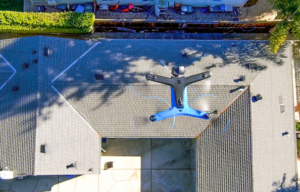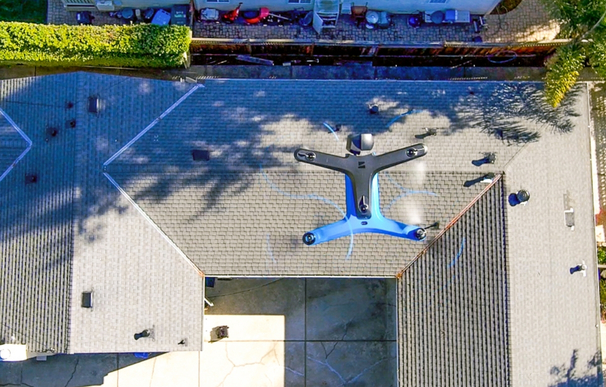How Technological Advancements Are Transforming Home Inspections
The field of home inspection, traditionally known for its dependency on manual tools and individual expertise, is currently undergoing a significant transformation. Technological advancements are not just enhancing the process but are reshaping expectations and outcomes. Let’s delve deeper into how innovations such as artificial intelligence (AI), drones, and advanced imaging are setting new benchmarks in the industry.
Integration of Artificial Intelligence (AI)
AI is revolutionizing home inspections by automating key processes that were previously prone to human error. Here’s what AI brings to the table:
Automated Report Generation: AI algorithms can now analyze inspection data in real-time to generate detailed reports. This not only speeds up the process but also ensures accuracy and consistency in the information provided. For home inspectors, this means less time spent on paperwork and more time focused on the actual inspection.
Defect Identification: AI-powered software is capable of identifying defects that might be missed by the human eye. From subtle cracks in the foundation to early signs of water damage, AI helps in diagnosing issues early, thus preventing costly repairs for homeowners down the line.
Drones
These flying devices can easily access a roof, high windows, and other remote parts of a property. Equipped with high-resolution cameras, drones provide a bird’s eye view that ensures no part of the property is overlooked during an inspection.
Thermal Imaging Cameras: These devices detect temperature differences in various parts of a home, which can indicate potential issues like electrical faults, heat loss, or water leaks hidden behind walls. Thermal imaging allows for a non-invasive method to inspect and diagnose the health of a building’s structure.
Transforming Home Inspections
The integration of these technologies not only enhances the effectiveness of home inspections but also significantly boosts efficiency. Here’s what this means for different stakeholders:
For Home Inspectors: Technology empowers inspectors with better tools and data, making their assessments more accurate and less time-consuming. This efficiency can lead to a higher volume of inspections and potentially higher earnings.
For Home Buyers and Sellers: Buyers get a more reliable assessment of the property they are interested in, leading to increased confidence in their investment decisions. Sellers, on the other hand, can use these advanced inspections as a powerful marketing tool to showcase the condition and value of their property.
For the Real Estate Industry: Enhanced inspection techniques help in smoothing transaction processes, reducing the back-and-forth negotiations caused by unexpected property issues surfaced in traditional inspections.
Conclusion
As we look to the future, the role of technology in home inspections is only set to grow, driven by continuous advancements in AI, drone technology, and imaging techniques. This not only promises a higher standard of home assessments but also aligns with the broader expectations of a tech-savvy generation of home buyers and sellers. The real estate industry must adapt to these changes, ensuring that home inspectors are well-equipped and trained in these new technologies.
Through this technological shift, the goal remains steadfast—to ensure that every home is safe, secure, and understood down to its bones, before it changes hands. This is a win for everyone involved in the real estate transaction process.


